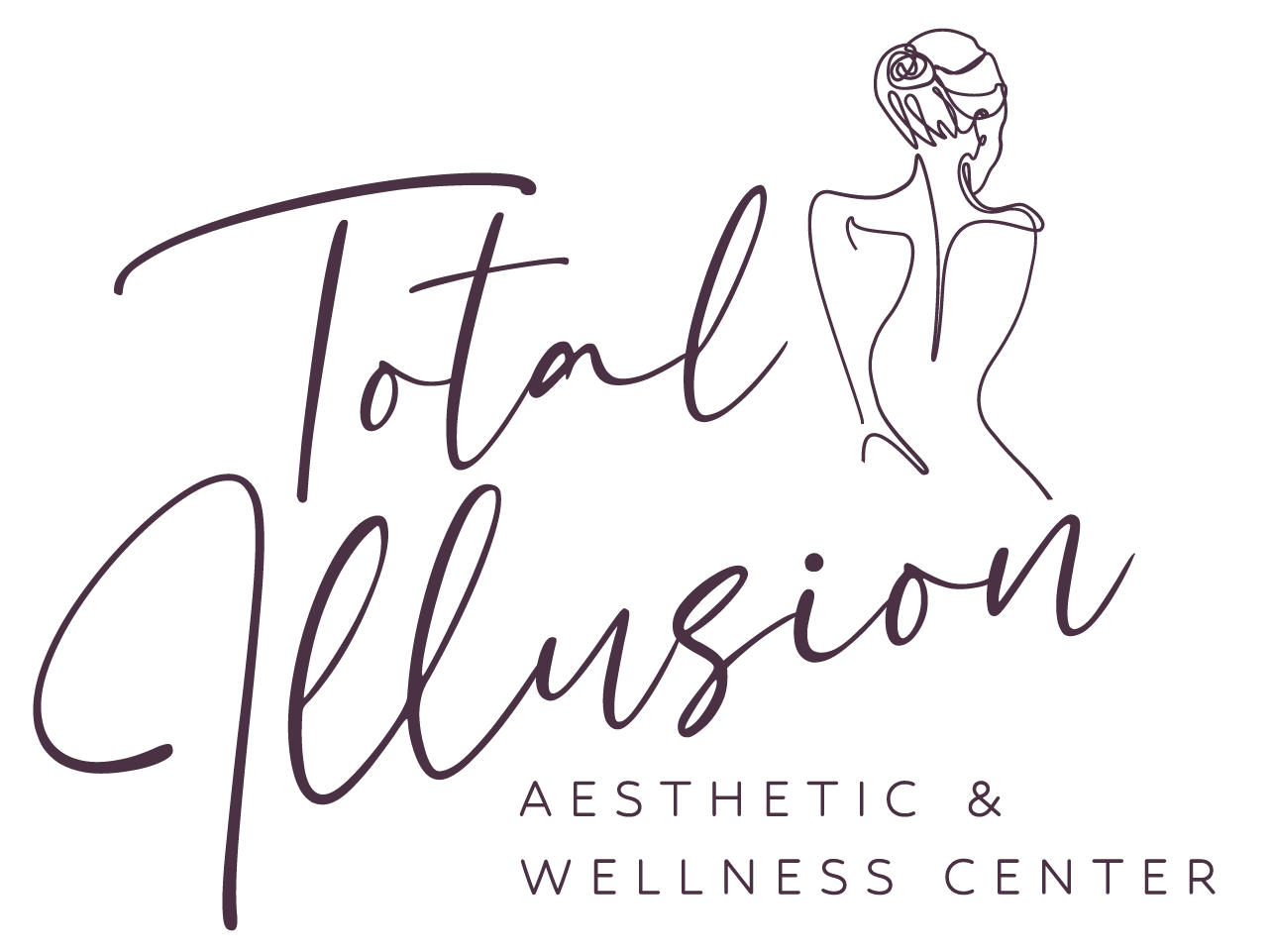How to prepare for laser hair removal treatment
Laser hair removal (LHR) is one of the most sought after treatments. Women and men alike seek to remove unwanted hair and LHR is a highly efficient and effective method. Plus, the technology today has made LHR safe and effective for all skin and hair types (except blonde, red or gray hairs). To get the most out of your treatments, we recommend following this simple tips:
Arrive with clean skin
Do not apply any lotions, perfumes, or deodorant. The area will be properly cleansed with a specialized solution. In our office, we use sterile isopropyl alcohol.
Shave the area to be treated
Ideally the hairs should be at the skin's surface or just above. Hair that is any longer can heat up quicker and you run the risk of burning the skin. We recommend shaving 24 to 48 hours prior to your appointment. We discourage shaving the day of your appointment as this may cause unwanted irritation. Some places may have a separate charge for trimming the area if the hairs are too long. Be sure to check with your provider before hand so you don't incur additional fees.
Do NOT have a tan
This point cannot be overstated. Laser hair removal should not be performed on tanned skin. The laser can confuse the melanin in your skin's melanocytes with melanin in the hair follicle. This can lead to a burn or worse. Permanent pigment changes have been reported.
Self-tanners can have similar side effects so we do not treat skin that has self-tanner. It is okay to apply self tanner after the appointment but would probably wait 1-2 days to avoid unwanted irritation.
No plucking, waxing, tweezing, threading
We recommend no plucking, waxing, tweezing or threading of hair in the treatment zone 4 to 6 weeks prior to your appointment in order to allow for most of the hairs to be in the follicle and hopefully, in the growth phase. In order to effectively destroy the hair and keep it from growing back, hair must be in the growth phase (anagen) of the hair cycle. It is not possible by looking at the hairs to know which ones are in the anagen phase. Therefore, we estimate treatment frequency based on the cycle length of hairs. The growth phase varies depending on which part of the body is being treated. For example, facial hair tends to grow in 4 week cycles, whereas, hair on the torso is usually 6-8 weeks.
During treatment some hair will fall out but most of the time, hair remains in the follicle after treatment. This is because the treated hair is still attached to the hair root and will fall out on its own over the course of 3-7 days depending on the area being treated. It's important not to pull these hairs out. Doing so will prevent the hair from being effectively eliminated. You can shave the area if it is bothersome to you.
Keep all follow up appointments
Appointment frequency is determined by the growth cycle. Therefore, it is important to maintain consistency in order to optimize results and minimize the number of treatments.
Wear sunscreen and protect the area
Be sure to avoid direct sun exposure while undergoing laser hair removal. Tanning in the treatment area within the first 2 weeks after receiving treatment, can result in permanent pigment changes.
Have realistic goals
Laser hair removal requires multiple treatments to achieve hair reduction. The industry standard regardless of the type of laser is to expect 80% reduction in hairs by the end of your 8th treatment. In other words, if you start with 10 hairs in the treatment area, you will have 2 at the end of your 8th treatment.
The demand for laser hair removal has skyrocketed since technological advances have permitted its use on all skin types. The market has been flooded with all different "laser" devices including "at home" devices promising excellent results. I can tell you from my over 20 years of experience with lasers, not all lasers are equal and not all practitioners performing LHR are equal. When seeking out laser hair removal, be sure a physician is overseeing your treatment. Also, remember, if the price seems too good to be true, it probably is.


